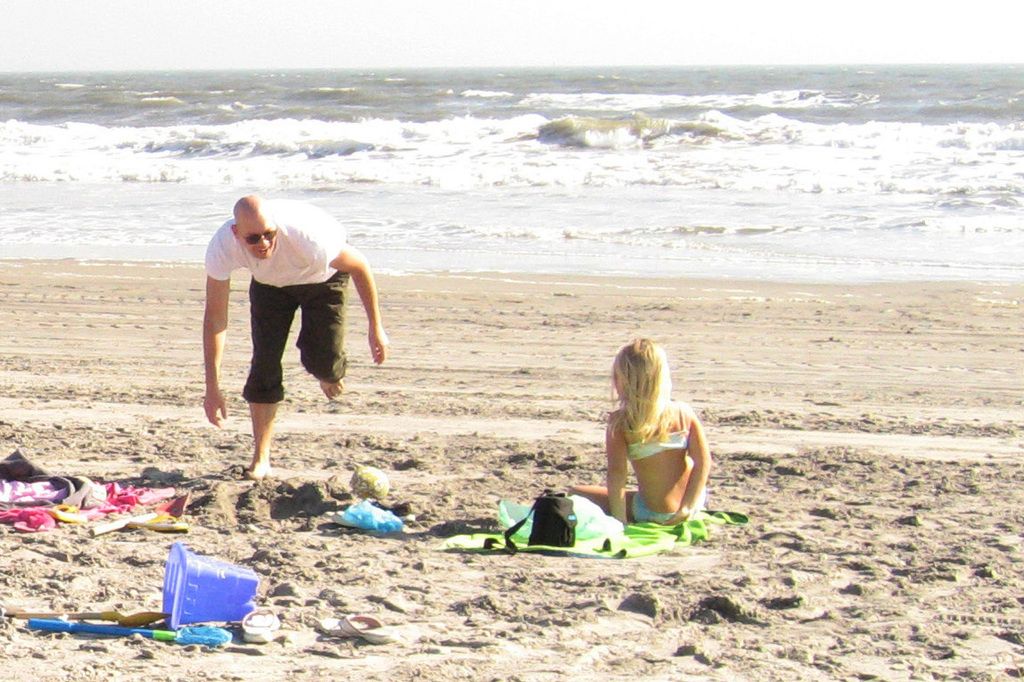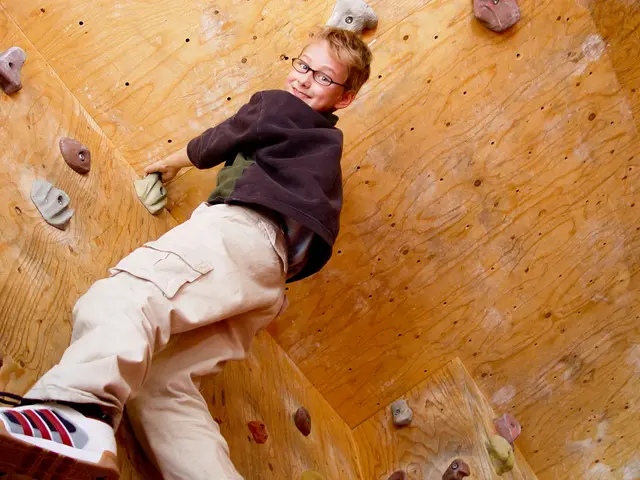Nebraska commits to integrating special needs students with their counterparts in regular classrooms - witnessing encouraging outcomes.
In a shifts towards embracing inclusivity, Nebraska schools are breaking the mold of segregating students with disabilities from their classmates. Instead, children of all abilities are learning side by side, fostering a more supportive and equal learning environment. This change is part of the state's "Journey to Inclusion" program, which promotes strategies scientifically proven to improve the inclusion of students with disabilities.
One key strategy is co-teaching, where a general education teacher and a special education teacher collaborate in the same classroom. This shared responsibility ensures all students, including those with disabilities, receive the support they need. In addition, the state has trained pre-K through third-grade teachers in evidence-based reading instruction, ensuring students with learning disabilities are no longer pulled out of their general education setting for specialized reading instruction.
Creating a supportive learning environment through flexible learning strategies, like visual schedules and adaptable seating, is another focus. In-class support is a priority too, minimizing the need for students to be removed for additional help, thereby preventing missed lessons and feelings of isolation.
Teachers are receiving training and coaching to implement these new techniques, with workshops, training sessions, and on-site coaches provided by organizations like SPED Strategies. This change isn't just impacting the students, but the entire school community, encouraging a more inclusive, supportive, and unified learning environment.
Nebraska's commitment to inclusion is a stark contrast to the Trump administration's stance on the topic. Despite challenges, signs of success are appearing. Between 2021 and 2024, the percentage of Nebraska's third-grade students with disabilities proficient in math increased from 18 percent to 29 percent. Additionally, the special education graduation rate went from 65 percent in 2021 to nearly 70 percent in 2024, compared to the state average of 88 percent.
These early results echo research findings that show more progress in reading and math for children with disabilities in inclusive settings, alongside positive effects on academic and social skills. This approach could lead to benefits in the future, such as increased graduation rates, improved attendance, and reduced discipline referrals for students with disabilities.
While there is room for improvement, the state's inclusion efforts are already showing promising results. So far, half of Nebraska's districts have been trained, with nine working directly with SPED Strategies for personalized coaching. Other schools and districts have adopted select aspects of inclusive education.
However, the journey of inclusion is not without its hurdles. Critics argue that in some states with high inclusion rates, declining test scores suggest that the research supporting inclusive education may be flawed. Nevertheless, advocates maintain that inclusion provides valuable benefits for students with disabilities, promoting critical social, emotional, and academic skills.
In Nebraska, districts like Scottsbluff are leading the charge, enrolling students with more severe needs in all elementary schools and collaborating more between special education and general education teachers to support students with disabilities in the classroom. State officials are working diligently to ensure this inclusive model continues to thrive despite federal funding cuts and potential changes in policy under the Trump administration.
- The "Journey to Inclusion" program in Nebraska schools promotes co-teaching, which is a strategy that involves a general education teacher and a special education teacher collaborating in the same classroom to support all students, including those with disabilities.
- To foster early childhood education, Nebraska has trained pre-K through third-grade teachers in evidence-based reading instruction to ensure students with learning disabilities receive the necessary support without being pulled out of their general education setting for specialized reading instruction.
- In Nebraska, the commitment to lifelong-learning and education-and-self-development has led to the adoption of flexible learning strategies like visual schedules and adaptable seating to create a supportive environment for students with disabilities.
- Despite challenges, the adoption of innovation in special education in Nebraska shows inequality in education, as the percentage of third-grade students with disabilities proficient in math increased from 18 percent to 29 percent and the special education graduation rate went from 65 percent to nearly 70 percent from 2021 to 2024.








